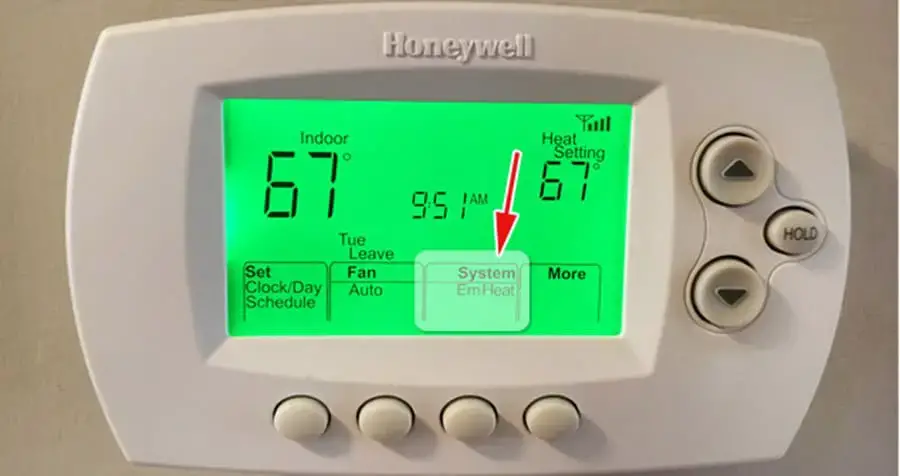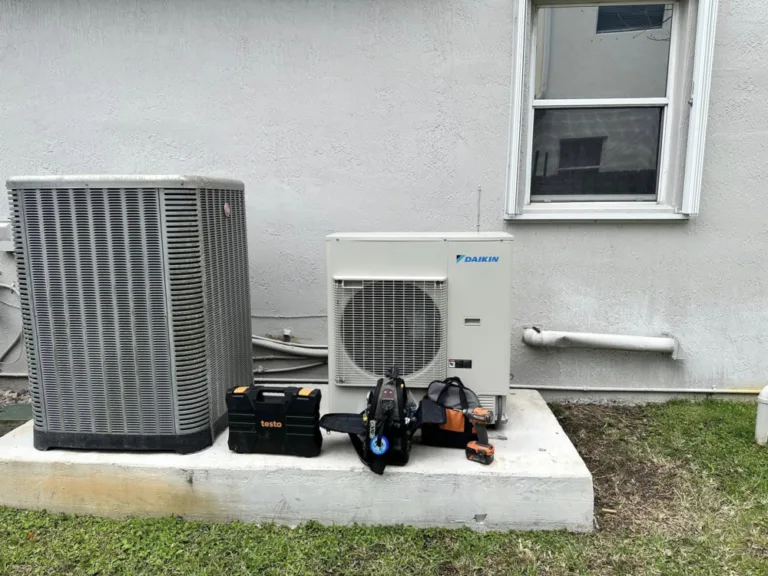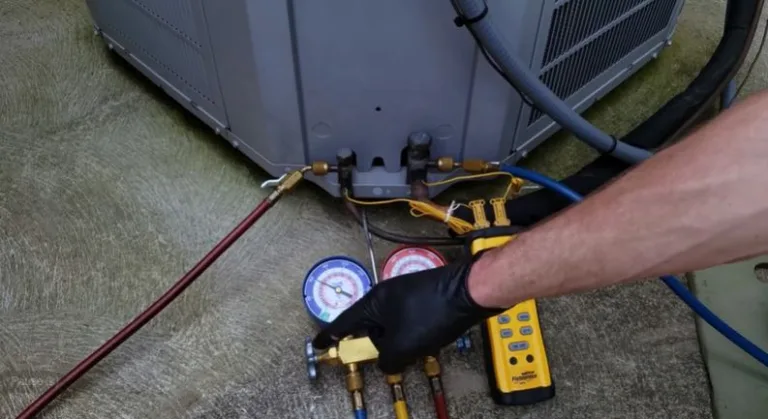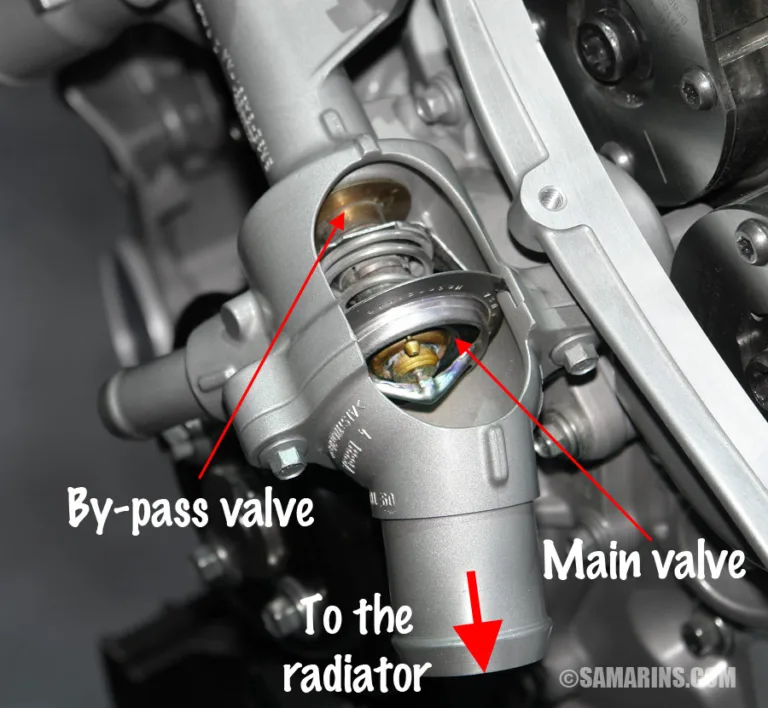Honeywell Thermostat EM Heat Explained
Are you a proud owner of a Honeywell thermostat equipped with an emergency heat (EM heat) feature? When winter approaches and temperatures plummet, it’s important to understand how to effectively utilize this backup heating option.
In this guide, we’ll explore what EM heat is, how it works, and when to activate it.
Emergency heat denoted as ‘EM Heat’ on a honeywell thermostat is backup heat that can be turned on when a heat pump is not working or is not keeping up with heating.
Unlike a heat pump system, EM heat uses electric strips or elements to generate heat and should only be used when necessary.

If you accidentally turn on emergency heat don’t panic, here is how you can turn it off;
On many Honeywell thermostat models, look for a system or mode button and press it. Scroll through the following modes to pick your desired choice.
Heat: Controls only the heating system.
Cool: Controls only the cooling system.
Off: Heating/cooling systems are off.
Auto: Selects heating or cooling depending on the indoor temperature.
Em Heat (heat pumps with aux. heat): Controls auxiliary/emergency heat. Compressor is off.
See video near bottom of the guide on how to turn on and off EM on your honeywell thermostat.
Read also: What does circ mean on thermostat?
How does EM Heat work on a Honeywell thermostat?
Emergency Heat or EM heat on a honeywell thermostat works by locking out the heat system and only allowing backups such as electric strips to generate heat for your home.
Many heat pump systems are installed with secondary or back heat that can kick in to produce heat for your home when your heat pump can not keep up heating enough in extremely low temperatures.
Read: Emergency Heat Blowing Cold Air [causes anf Fixes]
Note that EM heat and Auxiliary heat on honeywell differ slightly.
While Auxiliary heat will automatically turn on when the outdoor temperature falls below the compressor lockout, EM heat has to be manually turned on when your heat pump system is not working or when you want to override the compressor lockout temperature.
How do you use emergency heat on a Honeywell thermostat?
Emergency heat can be an expensive form of heating on any heat pump system. This is because it uses electrical resistance to produce heat.
Because of that that more energy will be consumed and if used for a prolonged period of will it would put strain on the main power supply grid.
That is why Emergency heat should only be turned on when the heat pump is not working or when not keeping up with heating.
It should only be used as a temporary heating source, to give you time to arrange for a contractor to come over to troubleshoot and fix your heat pump system.
Read also: What is EMER on Nest thermostat
How to turn on and off Emergency Heat
Here is how to turn on and off emergency heat on different honeywell thermostat models
How much more expensive is emergency heat (EM Heat)
| Normal Operationat 30 Degreesfor 1 week | Emergency HeatOperation at 10Degrees for 1 week | |
| Watts per hour | 3000 watts | 3000 watts + 15000 watts |
| Hours use per day | 12 hours | 24 hours + 12 hours |
| Number of days | 7 days | 7 days |
| Total kWH: | 252 kWH | 252 kWH + 1260 kWH |
| Cost per kWH: | $0.13 | $0.13 |
| Total Cost per Week: | $32.76 | $196.56 |
How to turn on emergency heat on Honeywell thermostat
FAQ
Is EM heat the same as auxiliary heat on a Honeywell thermostat?
No, EM heat and auxiliary heat are not the same, although they serve a similar purpose.
EM heat is the emergency backup heat that you can manually turn on when the primary heating system fails, while auxiliary heat is a secondary heat source used to supplement the primary heating system during extremely cold weather.
Can I use EM heat as the primary heat source?
EM heat is designed to be a temporary backup heat source and is not intended for long-term use as the primary heating system.
It can be more expensive to run compared to the primary heat source, such as a heat pump or furnace.
How can I determine if my Honeywell thermostat is using EM heat?
Most Honeywell thermostats have indicators or symbols on the display to show when EM heat is activated. Look for an “EM” or “Emergency Heat” label on the screen when it’s in use.
Does EM heat consume more energy than the primary heating system?
Yes, EM heat typically consumes more energy because it utilizes electric resistance heat strips.
These strips generate heat by converting electricity directly into heat, which can be less energy-efficient compared to other heating methods.
Read also: What is Nest heat pump balance
Can I manually disable EM heat on my Honeywell thermostat?
Yes, you can usually disable EM heat manually on a Honeywell thermostat. However, it’s recommended to keep EM heat enabled for emergency situations or when your primary heating system is not functioning properly.
Can I use EM heat on my Honeywell thermostat with a geothermal heat pump?
Yes, EM heat can be used with a geothermal heat pump on your Honeywell thermostat.
Similar to a traditional heat pump, the geothermal heat pump may need backup heat in extremely cold conditions, and EM heat serves as the secondary heat source in such situations.
What should I do if my Honeywell thermostat’s EM heat is not working?
If your Honeywell thermostat’s EM heat is not working, first check the thermostat’s settings and ensure it is enabled.
If the issue persists, check the electrical connections, fuses, or circuit breakers associated with the auxiliary heating system.
![Honeywell Thermostat Not Showing Cool Option [Solved]](https://thermostating.com/wp-content/uploads/2022/12/honeywell-on-the-wall-768x409.webp)


![Ecobee Touch Screen Not Working [Fixed]](https://thermostating.com/wp-content/uploads/2023/02/Ecobee-screen-not-responding-768x432.webp)

